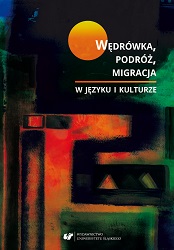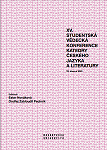
Tendencie v spisovnej slovenčine v medzivojnovom období
The inter-war period is a distinctive chapter in the history of standard Slovak language. The author deals with two sharply divergent tendencies in the development of standard Slovak language: The first one followed the footsteps of the so called Martin custom and Czambel’s codifying work Rukoväť spisovnej reči slovenskej [The Handgrip of Standard Slovak Language] (1902, 1915, 1919). The second tendency was connected with the official state policy of one common Czechoslovak nation which used one Czechoslovak language. This language had two variants: Czech, used on the territory with the Czech speaking population and Slovak, used on the territory with the Slovak speaking population. According to this second tendency, the first rules of the Slovak orthography were published in 1931. They were rejected by the Slovak cultural society for their Bohemian tendencies. H. Bartek came with a new proposal of the rules for Slovak orthography in 1939, but it was rejected by a Comenius University commission (J. Stanislav, A. Mráz, Ľ. Novák and D. Rapant). The members of the commission authorized A. A. Banák to prepare new set of rules. Their publishing in 1940 proved to be disfunctional. The codification of orthography in 1953 proved functionality of Bartek’s proposal from 1939. The praxis showed his proposal was right and even today it is still the cornerstone of standard Slovak language.
More...







